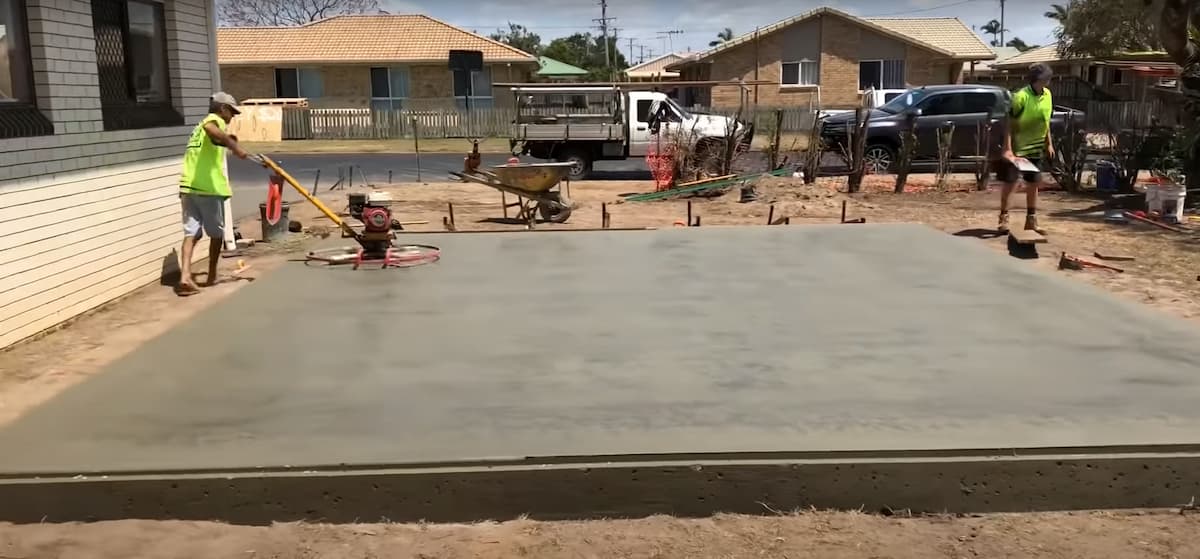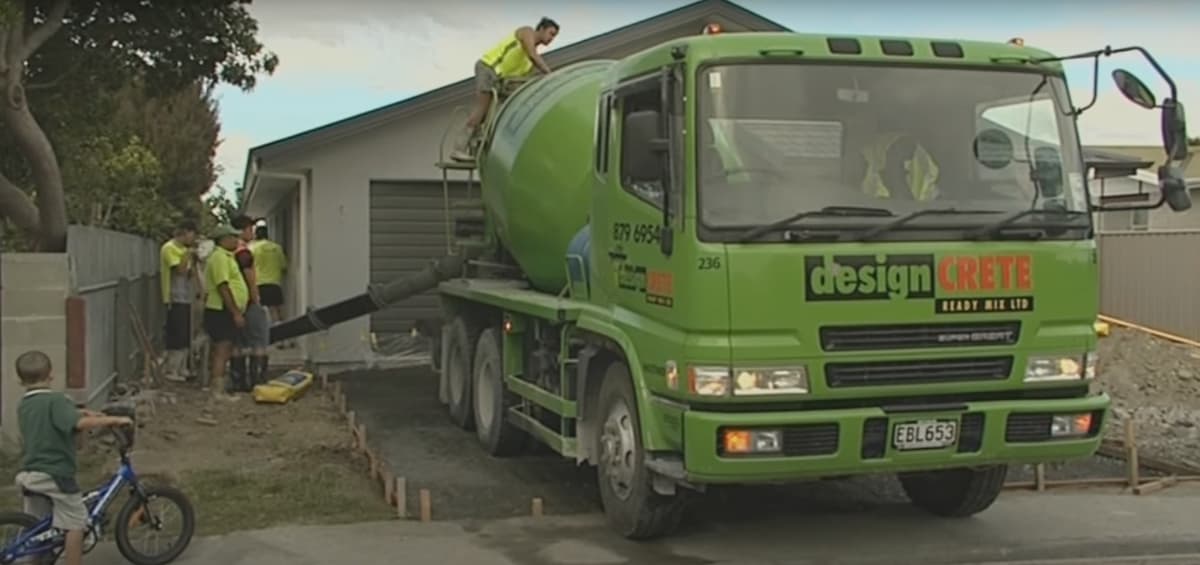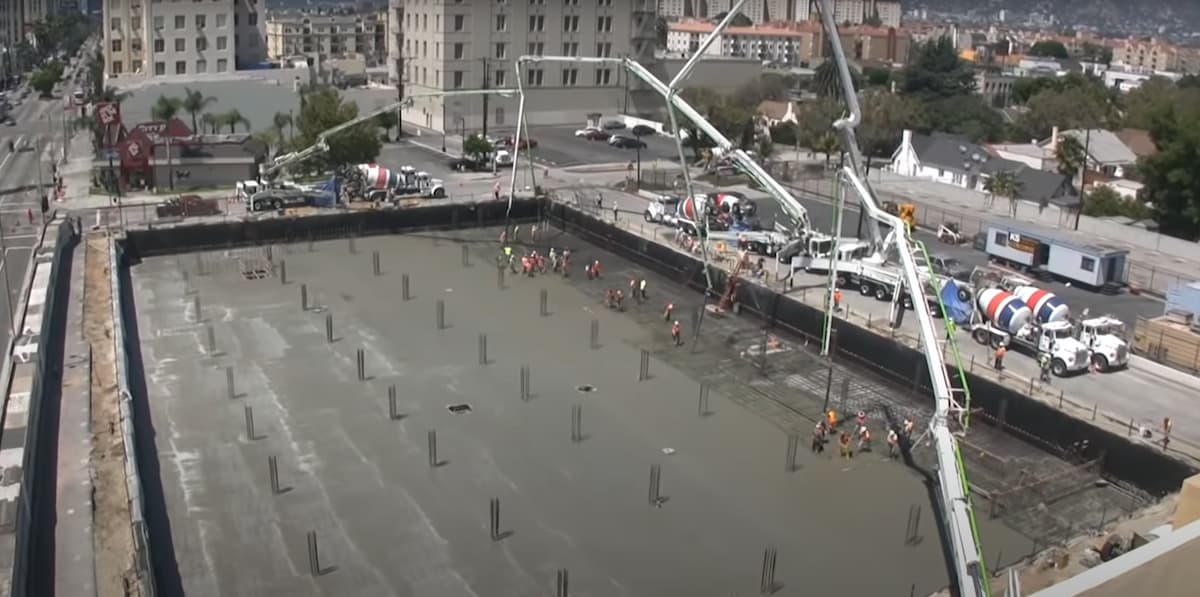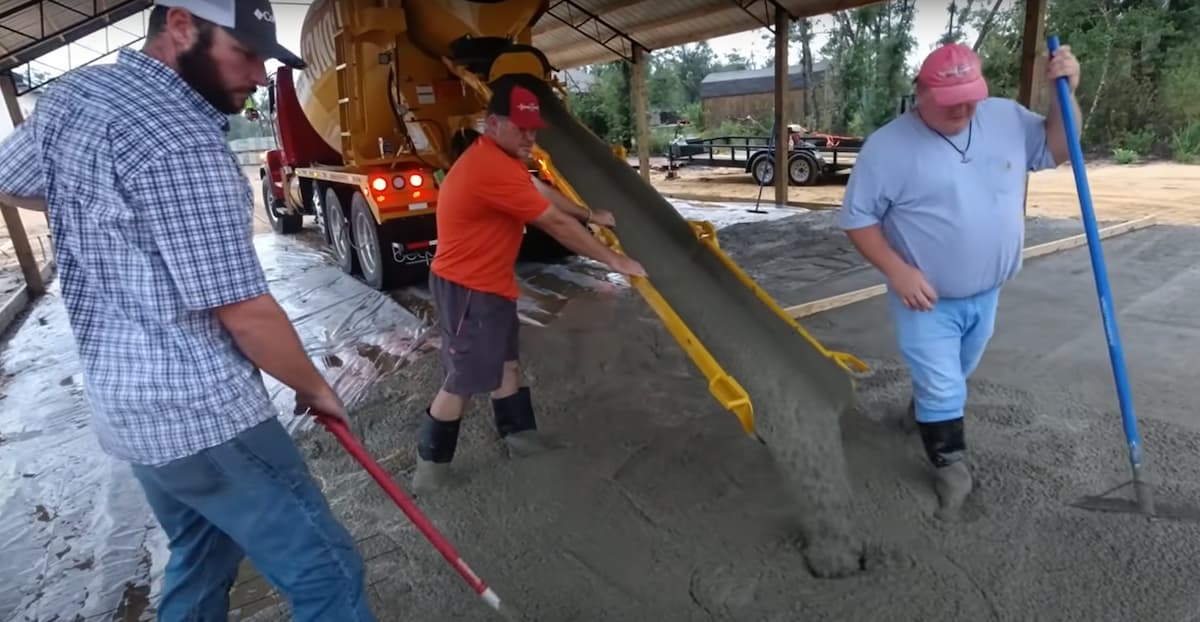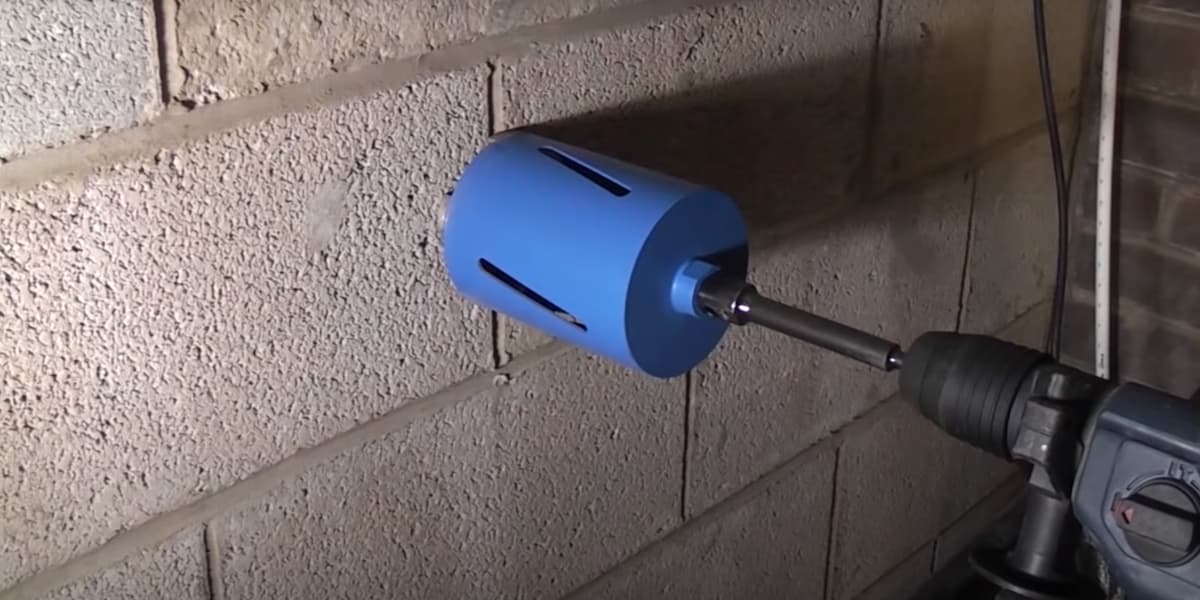
A core drill is a large bit that is attached to a hollow cylinder. The drill bit is used to drill into concrete, stone, or other solid materials. It’s only natural that your project might need the skills of concrete coring if you work in the mining or building sectors (core drilling). The core drilling industry has been revolutionized by diamond drilling, which has become an important part of the construction process.
But, perhaps you’re wondering what concrete coring is all about. What’s the purpose of core drilling? What kinds of equipment do you use for core drilling? In what ways does core drilling serve a construction company? That’s fine. It’s rare to come across someone who can answer every question about concrete coring, especially in Australia. There is also a lot of uncertainty surrounding the function of core drilling and what it is intended to accomplish.
Today, we’ll tackle all of your questions about core drilling in this post. By the end of it, you’ll have a better grasp of the subject and how your project may need core drilling.
What is Concrete Core Drilling?
Drilling cylindrical holes into concrete structures (floors, walls, and ceilings) to fit new ducts, plumbing pipes, HVAC systems and ducting, reinforcements, and other systems is referred to as concrete coring. Noise-sensitive environments, such as hospitals and educational institutions, may have limiting factors. Core drilling creates less noise and shaking than hammer drilling in this situation. That is why concrete coring has become a popular alternative to other types of drilling.
What is a Core Drill?
To properly undertake concrete coring, you’ll need to hire a core drilling contractor. A core drill is precisely what it sounds like, the machine that makes the perfect hole for your new system or component. It operates by rotating an auger bit on its rotational axis. The auger bit then bores into the solid material (concrete)by digging deep into the ground.
Core drilling is different from other types of drilling because it only goes as deep as necessary to fit your system or component. Concrete coring machines can vary in size and power, but they’ll all have a large drill bit attached to a metal cylinder. The holes are cylindrical in shape because they’re not meant to fit any other system or component besides your own. Concrete scanning is another process that’s similar to concrete coring, but it’s used for different purposes.
A core drill may also be used for getting a core sample, or multiple core samples, of the ground’s soil and rocks. This is often done when there’s a chance that hazardous materials may be present on your site, such as asbestos, lead paint, or petroleum. There is also the chance that your site may be on top of a landfill. Using a core drill is advised when the soil is too hard to dig by hand, so it can save time.
Dry Core Drill vs Wet Core Drill Process
Cylindrical core bits are most frequently utilized for their capacity to drive the drill bit faster through concrete structures than traditional core bits. This helps extract a core from a surface or structure, leaving behind a clean hole and less debris. Furthermore, because there are fewer pieces left on the surface, it lowers the amount of dust generated by flushing out the cuts with water.
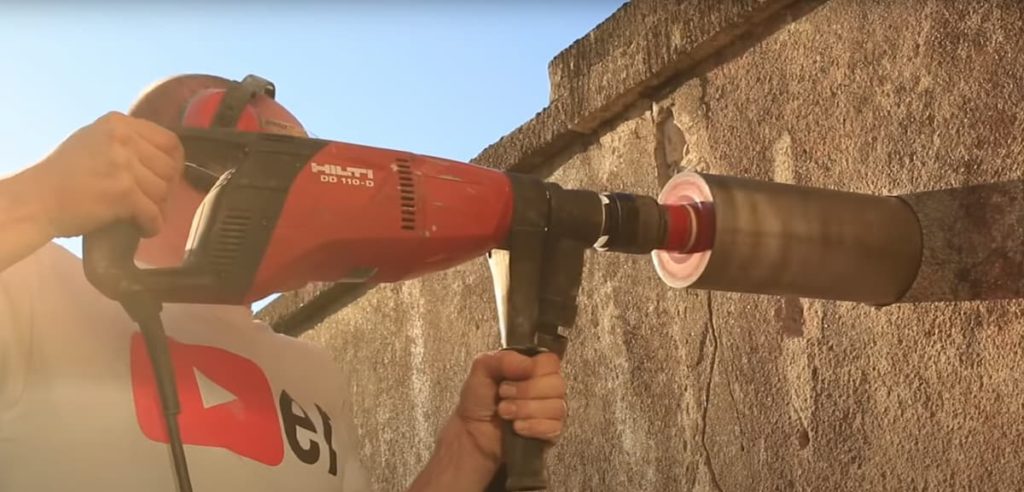
Wet concrete core drilling is commonly used in plumbing, electrical wiring and conduit, Refrigeration and air conditioning, Piping in masonry, drilling into existing structures made of concrete such as walls, ceilings and interior or exterior walls. Dry core drilling is commonly used in mining, construction, and petroleum industries.
In dry coring systems, no water or dust suppression fluid is utilized to wash the drill cuttings away from the work area. The process normally uses a low-viscosity lubricating fluid instead of water to flush out the cuttings. Surface drying is required when extensive amounts of dust are generated during dry drilling. This process can produce more dust than wet coring systems.
Purpose of Concrete Coring
Why does concrete coring matter? You might not understand why it’s necessary or what you could expect from a core drilling contractor. Before you hire someone for the job, here are some things to consider about concrete coring:
- It brings peace of mind because noise is limited.
- It reduces the impact of vibrations on floors, ceilings, walls, dust, etc.
- Provides better results with safety.
- It can take less time than conventional drilling.
- Easier placement of phone and cable lines
If your business or clients are located in close proximity to each other, e.g. schools, office buildings, shopping centres, etc., then you need to limit the noise production while making improvements and repairs. While conventional drilling machines can cause shaking and disorientation among staff members and customers, core drills do not have that same effect. That’s one reason why there’s a growing interest among contractors and mining businesses who need to drill in urban areas.
Concrete Core Drilling Benefits
Concrete coring machines are also less likely to affect your building materials because they don’t create strong vibrations. That’s unlike conventional drilling machines which can cause structural damages to concrete roofs and floors when operated incorrectly or for too long. Drilling is only necessary if you want to install new systems or components into concrete structures. The process of core drilling ensures that the hole is straight instead of jagged or irregular in shape. This smoothness creates better access for plumbers, electricians, HVAC technicians, managers, etc. to do their work in the safest way possible.
Core drills are generally faster because they only drill as much as necessary for your project or system. The resulting hole is exact and accurate when compared with conventional drilling machines which leave behind larger “footprints” on floors, walls, ceilings, and foundations due to over drilling. Using concrete core drilling keeps the structural integrity of the concrete structure and concrete surface intact.
Where is a Diamond Cutting Drill Used?
A diamond cutting drill is a tool designed for boring holes in stone. It has an extremely hard metal point and a set of handles to provide a firm grip for the user. The tip can be made from high-quality tungsten carbide, industrial diamonds, or other heavy-duty alloys that are very hard and wear resistant.
Cores can have different shapes depending on what they’re going to be used for. Cylindrical drill cores are connected by one rod (the mandrel) and solid core bits use two rods (mandrels). Diamond cutting drills come with either three or four flutes, depending on the number of mandrels it carries, the more flutes there are, the faster it might drill through material. Diamond cutting drills can be either core bits or flat bottomed. Core bits are only able to drill a hole with a smooth, cylindrical surface whereas flat-bottomed bits can also create holes for bolts and screws. It can be used to make a perfectly round hole but it isn’t used too much in the construction industry.


